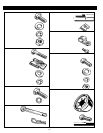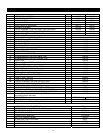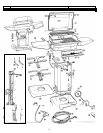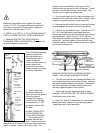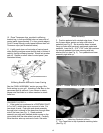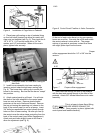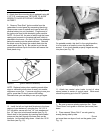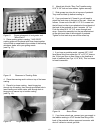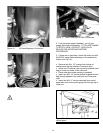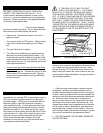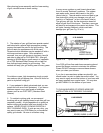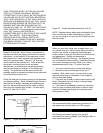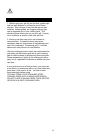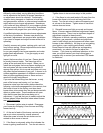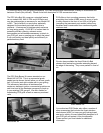Special offers from our partners!

Find Replacement BBQ Parts for 20,308 Models. Repair your BBQ today.
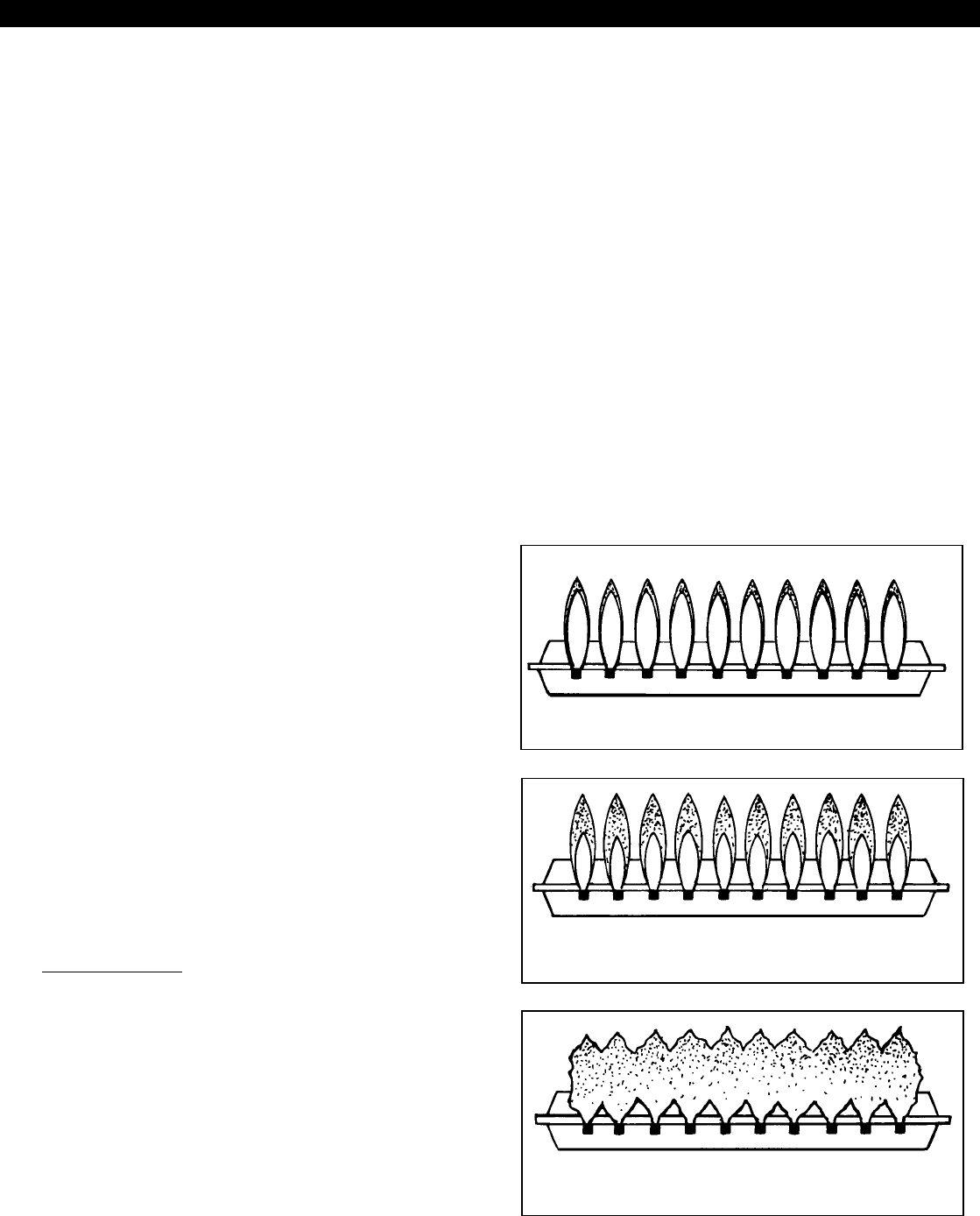
FLAME ADJUSTMENT TIPS
Your PGS burner has been designed to operate
efficiently under widely varying operating conditions
and is adjusted at the factory for proper operation so
no adjustments should be required. Occasionally,
vibration during transport or variations in local fuels
and gas pressure, altitude, or other external conditions
might require minor burner adjustments. Sometimes
your burner will burn differently if your propane cylinder
has been recently filled or it is near empty. Sometimes
air will need to be purged from your natural gas line.
A qualified technician should make burner adjustments
at the time of installation. Extreme care should be
exercised if adjustments are required after installation.
If you need to inspect and adjust burners while unit is
operating:
Carefully remove rock grates, cooking grids, and rock
from bottom casting. Burner adjustments can be best
performed in low light and in non-windy conditions
so you can properly view burner operation and make
proper flame adjustments. Turn gas supply on and
light grill as usual.
Inspect the burner when it is on low. Flames should
be mostly blue and stable. The flame tips will be
yellow at the ends and this is normal. When you re-
install the rock grates the burner flames impinging on
the rock grates will also cause the flame pattern to
appear more yellow, this is normal and does not in any
way affect the performance of your grill. A burner in an
outdoor appliance operates in a different environment
than an indoor appliance burner or flame and as a
result will visually look different.
If you see the flames lifting from the burner, or only
parts of the burner are burning, or if you hear
excessive noise from the burner, please check the
following: valve/orifice engagement in the venturis, that
the burner is level in the casting, and also check
burner tubes to be certain they are not obstructed with
debris or spider webs. These conditions will more
often be the case than the burner being out of
adjustment. If you feel that you do need to adjust the
burners please follow directions below when burners
are cool to the touch:
1. Disconnect ignition wire at module. Disengage
your burner by unclipping it from the rear and lifting
forward and up.
2. At the end of each of the burner venturis you will
see an air mixer secured by a small setscrew.
When the screw is loosen the air shutter can be
rotated to allow more or less air.
3. If the flame is extremely yellow this indicates the
burner is getting insufficient air. Turn the air mixer to
the open position to allow more air to the burner.
Tighten screw to insure mixer stays in this position.
4. If the flame is noisy and tends to lift away from the
burner tube there is too much air being fed to the
burner. Turn the air mixer to reduce the opening and
air volume to the burner. Tighten screw to insure air
mixture does not move.
5. Reinstall burner and light as normal and inspect
flame. If burner requires additional adjustment repeat
above procedure. There is not a significant degree of
adjustment required to these burners.
Differences in altitude, operating conditions, weather
conditions, gas pressures, odorants and stabilizers
used in both natural gas and propane will often cause
burners to burn differently. As long as you are getting
good ignition, even cooking performance, and the
burner flame is blue with yellow tips and operating
consistently, you should not have to adjust the
burners. If you have any additional questions in this
area, you should contact your local natural gas or
propane utility or contact your authorized PGS dealer
or distributor.
YELLOW TIPPING
Properly adjusted burner
NORMAL HARD FLAMES
Slightly out of adjustment burner
YELLOW FLAMES
Extremely out of adjustment burner
24



